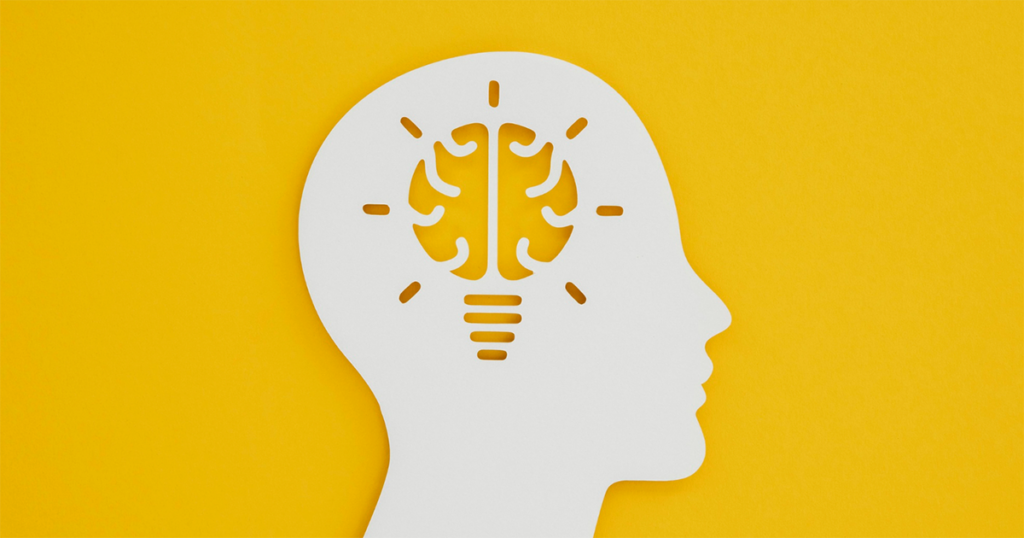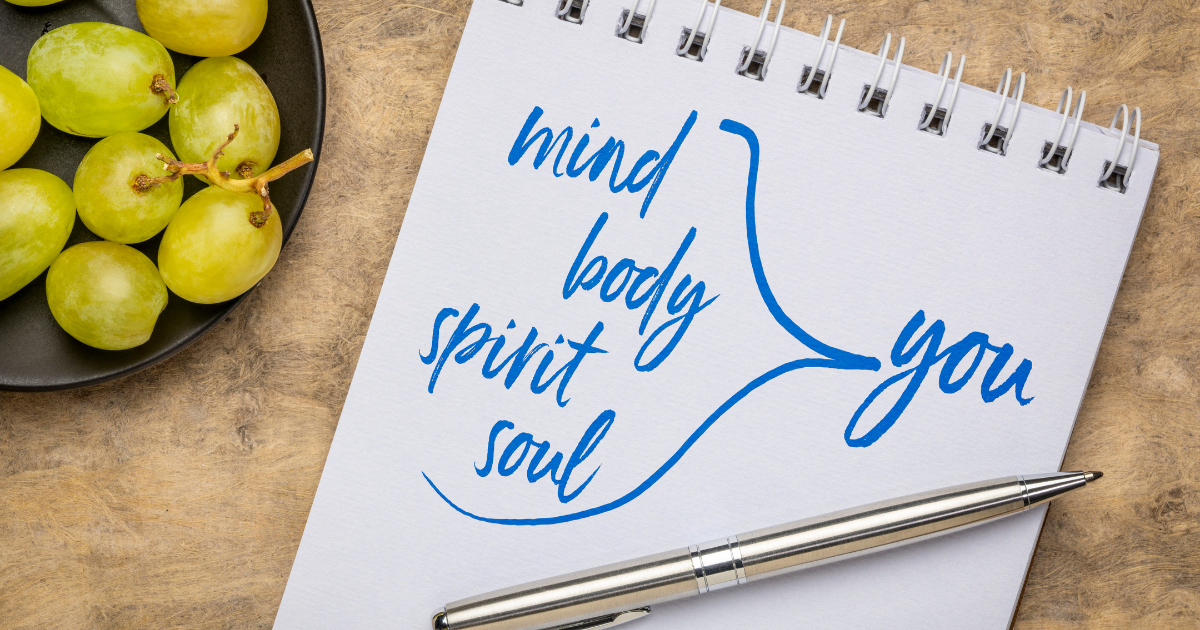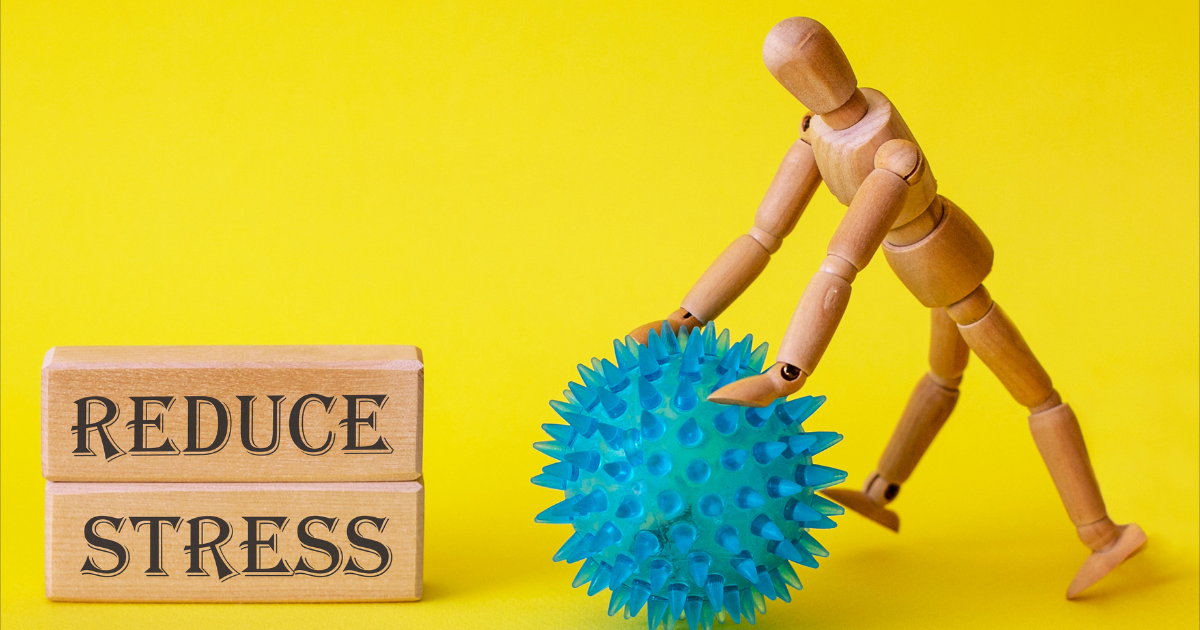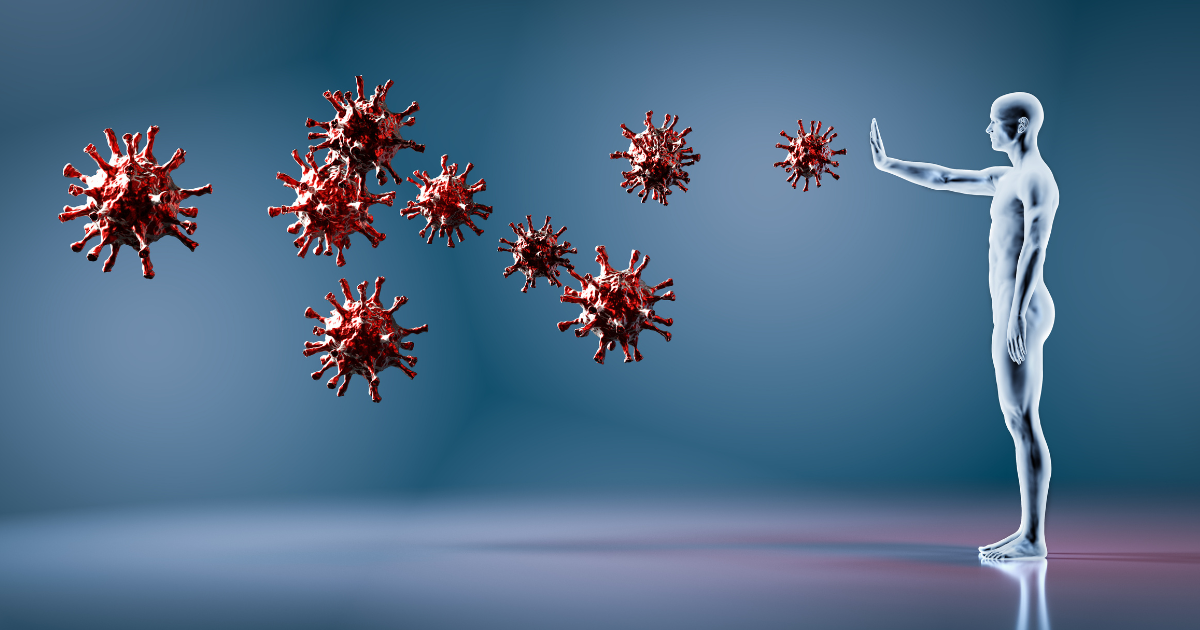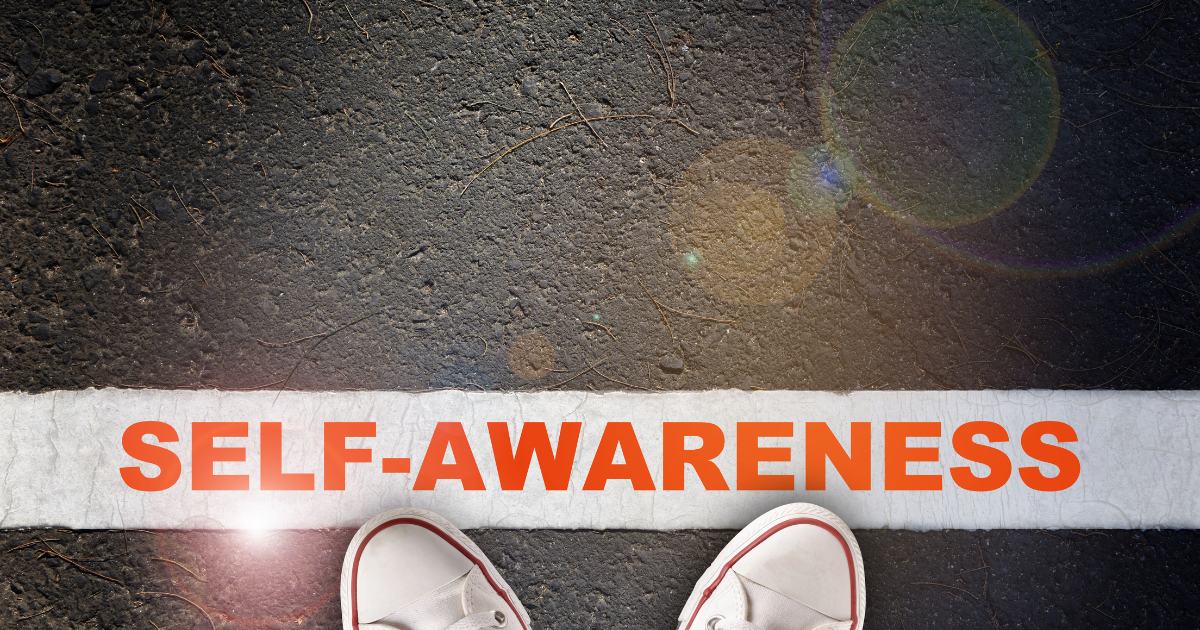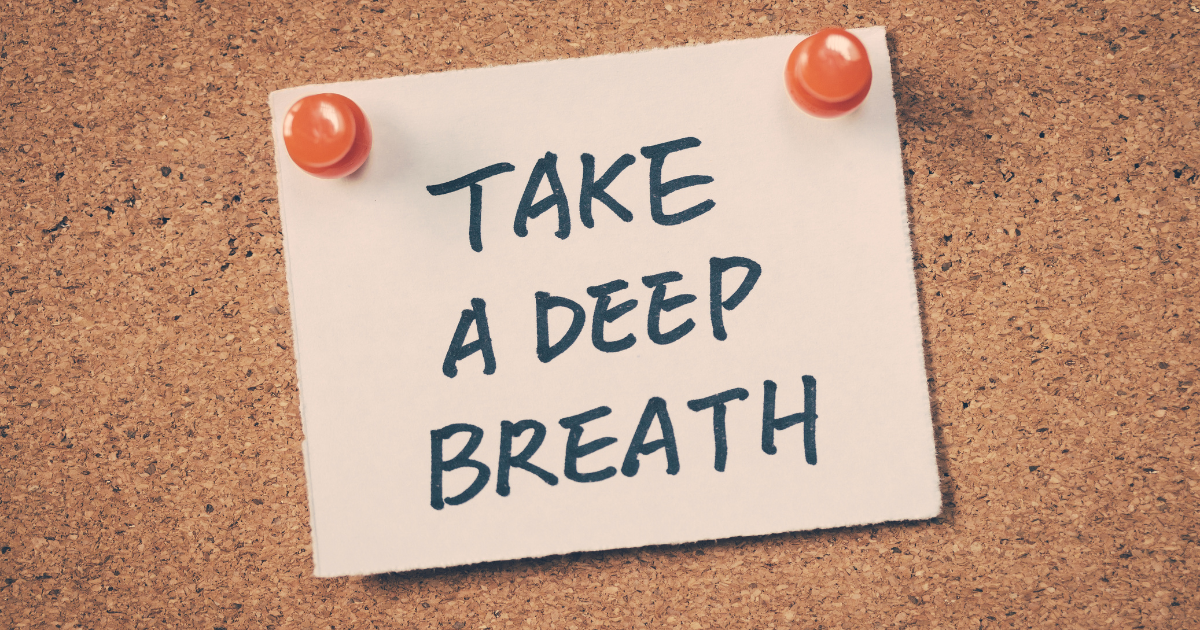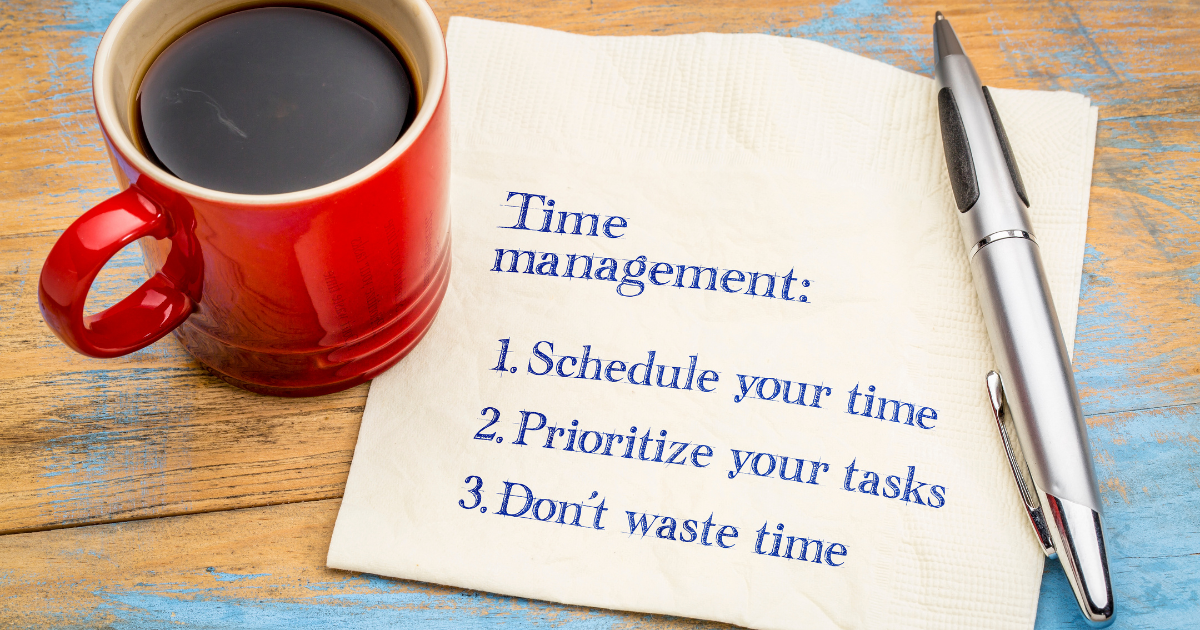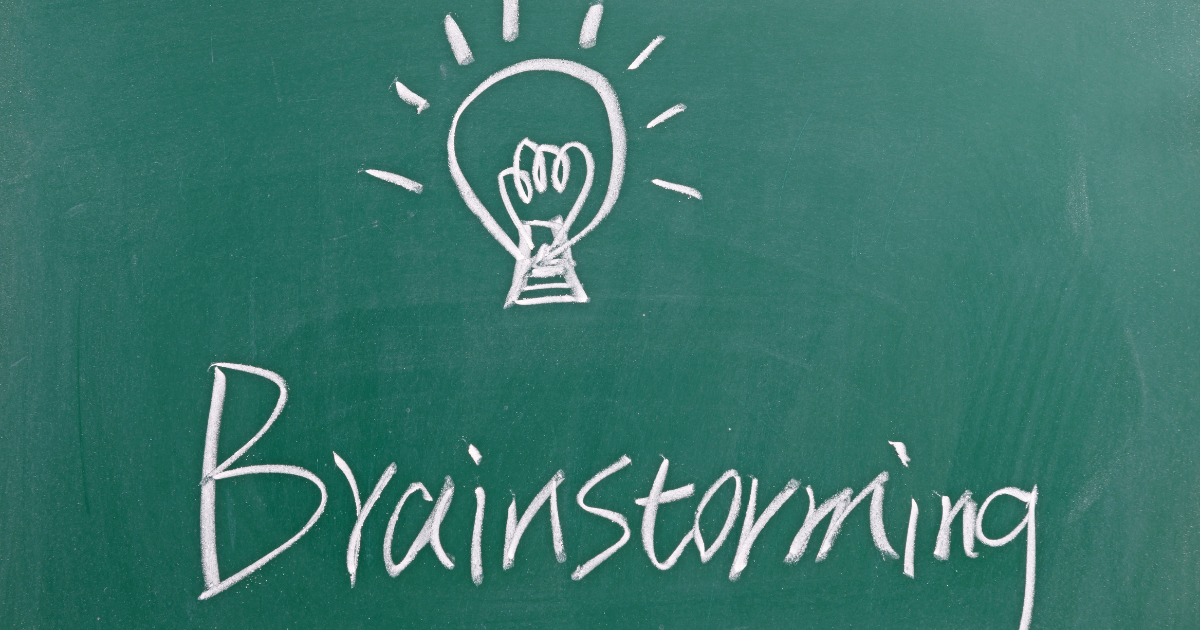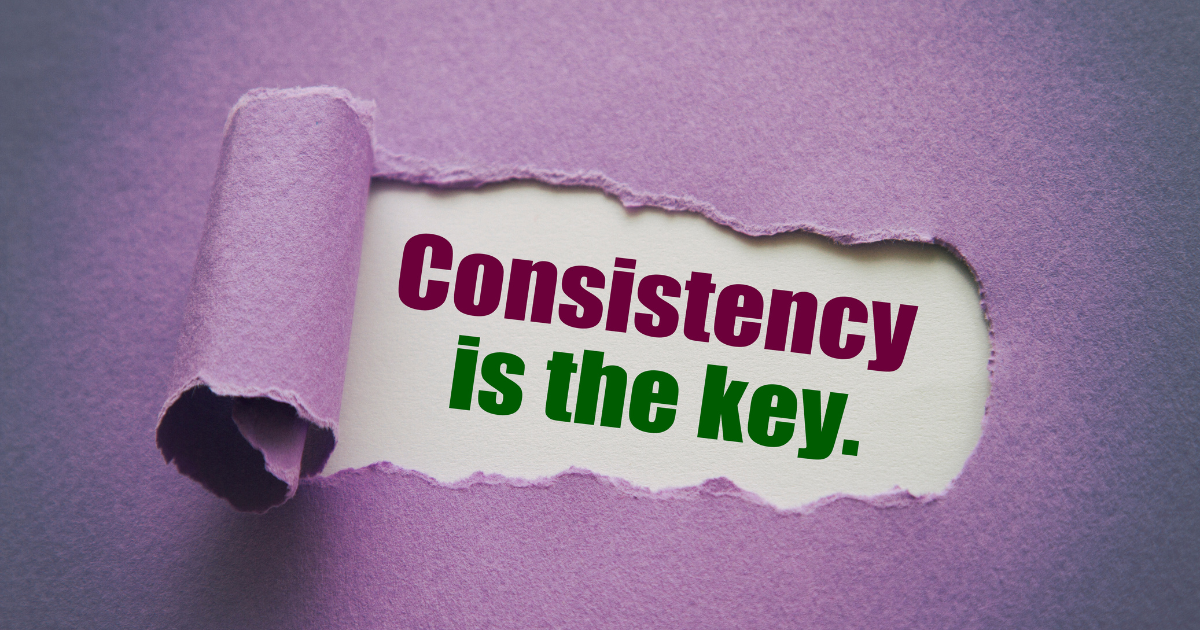Are you tired of constantly worrying about the future or dwelling on past mistakes? Do you find yourself feeling stressed and anxious, unable to fully enjoy the present moment? If so, you may benefit from practicing mindfulness.
The power of mindfulness lies in its ability to help you become more aware of your thoughts and emotions and to develop a greater sense of calm, focus, and clarity.
In this article, we will explore the benefits of mindfulness, how to practice it, and the path toward living a more mindful life.
Key Takeaways
- Mindfulness involves being present in the moment without judgment or distraction and can develop calmness, focus, and clarity.
- The benefits of mindfulness include improved mental and physical health, enhanced emotional health and relationships, better anxiety and depression management, boost in creativity, improved focus while studying, and better decision-making power.
- Mindfulness techniques include breath focus, body scan, visualization, mindful movement, mindful eating, and mindful communication.
- To live mindfully, one should develop a routine that incorporates mindfulness into daily life, prioritize consistency and persistence, find the right time and environment, and acknowledge and address distractions and uncomfortable emotions.
Understanding Mindfulness
If you’re looking to cultivate a more present, intentional life, understanding mindfulness is key.
Defining Mindfulness
You need to understand what mindfulness is before you can truly harness its power in your life.
To fully embrace mindfulness, you need to:
- Let go of the past and future and focus on the present moment.
- Accept your thoughts and emotions without trying to change them.
- Observe your surroundings without judgment or labeling.
- Practice non-reactivity by letting go of distractions and staying focused on the present.
- Cultivate a sense of curiosity and openness by exploring your experiences with a beginner’s mind.
By developing these skills, you can experience the many benefits of mindfulness, including reduced stress, improved focus, and greater overall well-being.
Origins and History of Mindfulness
Now let’s dive into the origins and history of mindfulness, tracing its roots back to ancient Eastern traditions and exploring how it has evolved over time.
Mindfulness has been around for thousands of years and was first practiced in India by the Buddha himself. It was later incorporated into Buddhist teachings and spread throughout Asia.
Mindfulness then made its way to the West in the 1970s, where it gained popularity as a way to manage stress and improve mental health. Today, mindfulness is practiced by people of all backgrounds and has become a mainstream phenomenon.
Its popularity can be attributed to its effectiveness in reducing stress and improving overall well-being.
Mindfulness vs. Meditation
Comparing mindfulness and meditation can help you better understand how these two practices differ in their approach to cultivating awareness and inner peace. Here are some key differences to consider:
- Mindfulness is about being present in the moment and observing your thoughts and emotions without judgment, while meditation often involves focusing on a specific object or mantra to quiet the mind.
- Mindfulness can be practiced anywhere, anytime, while meditation typically requires a quiet, designated space and time.
- Mindfulness is more focused on bringing awareness to daily activities, such as eating or walking, while meditation is typically practiced as a separate activity.
By understanding these differences, you can choose the practice that suits your needs and preferences best and develop a deeper sense of mindfulness and peace in your life.
The Power of Mindfulness
You’re about to delve into the power of mindfulness. Understanding the neuroscience behind mindfulness can help you see how it affects your brain and behavior.
The Neuroscience Behind Mindfulness
If you’re looking to understand the science behind mindfulness, it’s important to recognize that our brains are wired to shift their attention constantly. This is why it can be so challenging to stay focused on the present moment.
However, research has shown that regular mindfulness practice can actually change the structure and function of the brain. Studies have found that mindfulness meditation can increase gray matter in areas of the brain responsible for emotional regulation, attention, and empathy.
Additionally, mindfulness has been shown to decrease activity in the amygdala, the part of the brain responsible for the fight-or-flight response. This means that with regular mindfulness practice, you can train your brain to be more present, less reactive, and more compassionate towards yourself and others.
The Mind-Body Connection
The connection between the mind and body is a complex and fascinating topic that’s been studied for centuries. It’s now widely known that our thoughts and emotions can greatly impact our physical health.
The mind-body connection is a powerful tool that can help us maintain balance and improve our overall well-being. By practicing mindfulness, we can become more aware of the sensations in our bodies and the thoughts in our minds and learn to control them in a positive way. This can lead to reduced stress, better sleep, and even improvements in physical health conditions.
The mind and body are inextricably linked, and by taking care of one, we can also take care of the other. So, take some time to focus on your breath, be present in the moment, and cultivate a deeper connection between your mind and body.
Real-Life Examples of Mindfulness in Action
When we’re feeling overwhelmed, it can be helpful to take a few deep breaths and shift our focus to the present moment, allowing us to feel more centered and calm.
Mindfulness is not just about meditation or being still; it can be practiced in any moment, no matter how mundane or stressful.
For example:
- When you’re washing dishes, instead of rushing through the task, focus on the sensation of the warm water on your hands, the sound of the water, and the movement of your arms.
- When you’re in a meeting, instead of worrying about what you’ll say next or what others think of you, focus on your breath and the present moment.
Benefits of Mindfulness
You’re in for a treat because we’re now going to talk about the benefits of mindfulness.
Mindfulness and Mental Health
You may have heard of mindfulness before, but did you know that it can have a significant impact on your mental health?
Stress Reduction
By practicing mindfulness, it’s easier to let go of stress and embrace the present moment.
When you focus on the present, you become more aware of your thoughts and emotions, and you can better understand what triggers your stress.
Mindfulness allows you to observe these triggers without judgment, and with practice, you’ll learn how to respond to them in a more calm and rational way.
Instead of getting caught up in the past or worrying about the future, you’ll be able to fully experience the present moment and find pleasure in the simple things in life.
Mindfulness can also help you develop a sense of gratitude, which can further reduce stress and promote a more positive outlook on life.
Anxiety Management
Anxiety can be overwhelming, but practicing mindfulness can help you manage it. By staying present and aware of your thoughts and bodily sensations, you can learn to identify the triggers that cause your anxiety.
Mindfulness also helps you accept your feelings and thoughts rather than fighting against them. With time and practice, you can train yourself to respond to anxiety with calmness and clarity rather than panic and stress.
Remember, anxiety is a natural response to stress, but it doesn’t have to control your life.
Depression Prevention
Life can be full of ups and downs, and it’s important to recognize when you’re feeling down.
By practicing mindfulness, you can train your brain to focus on the present moment and let go of negative thoughts.
Mindfulness can also help you develop a more positive outlook on life and increase your resilience to stress.
So take a deep breath, let go of the past, and embrace the present moment with all its possibilities.
Remember, happiness is a journey, not a destination.
Mindfulness and Physical Health
You may already know that mindfulness can greatly benefit your mental health, but did you know it can also improve your physical health?
Sleep Improvement
Improve your sleep by practicing mindfulness before bed. Often, our minds are racing with thoughts and worries, making it difficult to fall asleep or stay asleep throughout the night.
By taking just a few minutes before bed to focus on your breath and clear your mind, you can improve the quality of your sleep. Mindfulness can help reduce anxiety and stress, allowing for a more peaceful and restful night’s sleep.
Additionally, by practicing mindfulness consistently, you may find that you’re better able to regulate your sleep schedule and wake up feeling more refreshed and energized.
Pain Management
Managing pain can be a difficult and ongoing process, but incorporating mindfulness techniques into your daily routine can provide relief and improve your overall well-being.
By practicing mindfulness, you can learn to observe your pain without judgment or resistance, allowing you to become more aware of your body and its sensations. This can help you identify triggers and manage your pain more effectively.
Mindfulness can also help reduce stress, which is often a contributing factor to pain. By learning to focus on the present moment, you can let go of worries about the past or future and find more peace in your daily life.
Boosted Immunity
Boosting your immunity is essential for maintaining good health, and incorporating mindfulness techniques into your daily routine can be a powerful tool in achieving this goal.
By practicing mindfulness, you can reduce stress and anxiety levels, which can have a direct impact on your immune system. When you’re stressed, your body produces cortisol, which can impair your immune response. But by staying present in the moment, you can lower cortisol levels and allow your body to function at its best.
Mindfulness can also improve sleep quality, which is essential for a healthy immune system. By focusing on your breath and letting go of distractions, you can promote a sense of calm that can carry over into your sleep habits.
Mindfulness and Emotional Health
You’ll be glad to know that practicing mindfulness isn’t just beneficial for your physical health but also for your emotional well-being.
Emotional Regulation
By practicing mindfulness, you can better control your emotions and feel more at peace in the present moment. Emotional regulation is a key aspect of mindfulness, as it allows you to acknowledge and understand your emotions without judgment.
This means that instead of reacting impulsively to your emotions, you can take a step back, observe them, and choose how to respond. By doing so, you can avoid the cycle of negative thoughts and emotions that often lead to stress, anxiety, and depression.
Enhanced Self-Awareness
Take a moment to reflect on your thoughts and feelings, and notice how mindfulness can help you develop a greater sense of self-awareness and understanding.
When you practice mindfulness, you become more attuned to your inner world, noticing the thoughts and emotions that arise without judgment or criticism.
This heightened awareness allows you to understand your own patterns of behavior better and to recognize when you may be reacting unconsciously to external stimuli.
By cultivating self-awareness through mindfulness, you can gain greater control over your thoughts and emotions and make more intentional choices that align with your values and goals.
Improved Relationships
When cultivating mindfulness, you may notice an improvement in your relationships as you become more aware of your own emotions and reactions. As you become more in tune with your feelings and thoughts, you become better equipped to understand others’ perspectives and respond with empathy and understanding.
Mindfulness can help you let go of judgment and criticism and approach others with a more open and accepting mindset. By being fully present in your interactions with others, you can build deeper connections and enjoy more meaningful relationships.
Mindfulness can even help you communicate more effectively as you learn to listen attentively and speak from a place of authenticity and compassion.
Practicing Mindfulness
Now that you understand the benefits of mindfulness, it’s time to start practicing.
Mindfulness Techniques
You can learn to live in the present moment and cultivate a sense of calmness and awareness through mindfulness techniques. These techniques include breath focus, body scan, and mindful movement.
Breath Focus
Focusing on your breath can bring a sense of calm and clarity to your mind. It may seem simple, but taking a few moments to pay attention to your breath can have a profound impact on your mental state.
Here are some tips to make the most of breath focus:
- Find a quiet place where you won’t be disturbed.
- Sit comfortably with your back straight and your feet on the ground.
- Close your eyes and take a few deep breaths, inhaling and exhaling slowly.
- Focus your attention on the sensation of your breath entering and leaving your body.
If your mind wanders, gently bring it back to your breath. Remember, the practice of breath focus is not about achieving perfection but about cultivating awareness and presence in the moment.
Body Scan
This technique can help you connect with your body in a deeper way, allowing you to release tension and stress that you may not even be aware of.
As you scan each part of your body, notice any sensations or feelings that arise without judgment or analysis. This allows you to be fully present in the moment as you become more aware of your body and its needs.
Mindful Movement (e.g., Yoga)
Incorporating mindful movement practices such as yoga into your daily routine can lead to improved physical and mental well-being. It not only helps you build strength, flexibility, and balance, but it also teaches you to be present in the moment and connect with your body and breath.
Yoga is a form of moving meditation that can help you manage stress, reduce anxiety and depression, and improve your overall mood. By practicing yoga regularly, you can cultivate a sense of mindfulness and self-awareness that can carry over into other areas of your life.
Incorporating Mindfulness into Daily Life
You may have already tried incorporating mindfulness into your daily routine, but have you considered mindfulness during everyday activities such as eating, walking, and communicating?
Mindful Eating
By savoring each bite and fully experiencing the texture and flavor, mindful eating allows you to appreciate the nourishment and pleasure of your food. Here are some tips to help you incorporate mindful eating into your daily life:
- Start by putting away any distractions, such as your phone or TV, to fully focus on your meal.
- Take a few deep breaths before you begin to eat to calm your mind and body.
- Notice the colors, smells, and textures of your food before taking a bite.
- Chew slowly and deliberately, paying attention to the sensations in your mouth and the flavors that emerge.
Mindful Walking
As you walk mindfully, take notice of the sensations in your body and the environment around you. Feel the ground beneath your feet, the air on your skin, and the movement in your muscles as you take each step.
Observe the colors, sounds, and smells that surround you. Allow yourself to be fully present in this moment without judgment or distraction.
Mindful Communication
Engage in mindful communication by actively listening to others and responding with empathy and understanding. Communication isn’t just about speaking but also about listening. When you actively listen to someone, you not only hear their words but also understand their emotions and intentions.
This helps you respond with empathy and understanding, which can lead to better relationships and more effective communication. Mindful communication requires you to be present in the moment without judgment or distraction. By practicing mindful communication, you can deepen your connections with others and improve your overall well-being.
Mindfulness and Personal Development
When it comes to personal development, you may be wondering how mindfulness can help you reach your goals.
Well, it turns out that practicing mindfulness can actually improve your productivity, creativity, and decision-making skills.
Mindfulness and Productivity
As you navigate through your busy life, it’s easy to get caught up in the constant rush of things to do and places to be.
But have you ever stopped to consider the power of living in the now through mindfulness?
Mindful Time Management
Managing your time mindfully can help you accomplish more without feeling overwhelmed. By being present in the moment and focusing on the task at hand, you can make the most of your time without distractions.
Here are some tips for mindful time management:
- Prioritize your tasks and focus on the most important ones first
- Take breaks and allow yourself to recharge
- Practice saying no to things that don’t align with your goals
- Set realistic goals and deadlines for yourself. Remember, it’s about progress, not perfection.
Mindful Work Ethic
Maintaining a mindful work ethic can lead to greater productivity and personal fulfillment. By being present in each task, you can fully focus on the task at hand, leading to higher quality work and a greater sense of accomplishment.
Mindful work also means being aware of your own limitations and taking breaks when needed, preventing burnout and allowing for renewed energy and creativity. Cultivating a work ethic based on mindfulness can also help you find deeper meaning in your work as you become more attuned to the impact it has on others and the world around you.
Mindfulness and Creativity
When it comes to boosting your creativity, mindfulness is a powerful tool that you can use to your advantage.
Mindful Brainstorming
To boost your creativity and generate fresh ideas, try practicing mindful brainstorming. This technique involves being present in the moment, fully aware of your thoughts and surroundings while exploring new ideas.
Here are some tips to help you get started with mindful brainstorming:
- Start with a clear intention: Before diving into brainstorming, take a moment to set an intention for what you want to create or achieve. This will help guide your thoughts and keep you focused.
- Embrace curiosity: Approach the brainstorming process with a curious and open mind. Allow yourself to explore different perspectives and possibilities without judgment or attachment.
- Take breaks: Mindful brainstorming can be mentally taxing, so taking breaks and allowing your mind to rest is important. This will also allow you to reflect on your ideas and come back with fresh insights.
- Practice gratitude: As you generate ideas, take a moment to appreciate the process and express gratitude for your creativity and imagination.
Enhancing Creative Flow
Now that you’ve learned about the benefits of mindful brainstorming, it’s time to take your creativity to the next level by enhancing creative flow.
By practicing mindfulness, you can tap into your inner creativity and allow inspiration to flow freely. Mindfulness helps you stay present in the moment, allowing you to fully immerse yourself in the task at hand and let go of any distractions or self-doubt.
When you’re fully present, you can access your intuition and subconscious mind, leading to new ideas and breakthroughs.
Mindfulness and Decision-Making
When it comes to decision-making, mindfulness can be a powerful tool.
Mindful Analysis
By practicing mindful analysis, you can gain a deeper understanding of your thoughts and emotions without judgment or attachment.
The mindful analysis involves observing your thoughts and feelings in a non-judgmental way, allowing you to gain clarity and perspective. It can help you identify patterns, triggers, and biases that may be influencing your decisions and behaviors.
Mindful analysis can also help you develop self-awareness and emotional intelligence, which are essential skills for personal and professional growth.
Balancing Emotion and Logic
Achieving a balance between emotional and logical reasoning is crucial in making sound decisions that align with our values and goals.
Emotions are a powerful force that can cloud our judgment and lead us astray, but they also provide valuable insight into our values and priorities.
Logic, on the other hand, helps us analyze the situation objectively and make rational decisions.
Finding the right balance between these two modes of thinking requires mindfulness and awareness of our own thought patterns. It requires us to acknowledge and validate our emotions while also questioning them and examining the evidence objectively.
By achieving this balance, we can make decisions that are both grounded in reality and aligned with our values, leading to a more fulfilling and authentic life.
Challenges in Practicing Mindfulness
You may have heard about the benefits of practicing mindfulness, but it’s not always easy to incorporate into your daily routine.
Common Misconceptions about Mindfulness
Don’t believe the hype – there are plenty of misconceptions about mindfulness that need to be cleared up. It’s not just about sitting still and being serene.
Here are four common misconceptions about mindfulness:
- It’s only for spiritual people or monks.
- It’s just a trendy fad.
- It’s all about clearing your mind.
- It’s a quick fix for all your problems.
Mindfulness is a practice that anyone can incorporate into their daily lives, regardless of their beliefs or background. It’s not a passing trend but a scientifically proven technique that has been around for thousands of years.
Instead of clearing your mind, it’s about being aware of your thoughts and feelings in the present moment. And while it can certainly help with stress and anxiety, it’s not a magic solution to all of life’s challenges.
By understanding the true nature of mindfulness, you can start to reap its many benefits and live a more present, fulfilling life.
Overcoming Distractions
With a little practice and patience, it’s possible to tune out distractions and fully engage in the present moment. It’s easy to get caught up in the chaos of everyday life, constantly checking your phone, multitasking, and thinking about the past or future.
However, when you learn to quiet your mind and focus on the present, you’ll find that you’re able to be more productive, less stressed, and more fulfilled. Mindfulness is not about eliminating distractions but acknowledging them and then letting them go.
By doing this, you can become more aware of your surroundings and your emotions, allowing you to make better decisions and live a more authentic life.
Dealing with Emotional Discomfort
Feeling uncomfortable emotions can be like being caught in a storm, where the winds of fear, anxiety, and sadness whip around you relentlessly. It’s easy to feel overwhelmed and powerless in the face of these emotions, but mindfulness can provide a powerful tool for dealing with them.
Here are three steps you can take to help you navigate the storm:
- Acknowledge the emotion – don’t try to suppress or ignore it; instead, recognize that it’s there and allow yourself to feel it fully.
- Observe the emotion – take a step back and observe the emotion without judgment or attachment. Simply notice how it feels in your body and what thoughts and sensations come with it.
- Let go of the emotion – once you’ve acknowledged and observed the emotion, it’s time to let it go. This doesn’t mean trying to push it away or deny its existence, but rather accepting that it’s temporary and allowing it to pass naturally.
By practicing mindfulness in this way, you can learn to tolerate uncomfortable emotions without becoming overwhelmed by them and ultimately find greater peace and resilience in your daily life.
Path to Mindful Living
Now that you’ve learned the power of mindfulness, it’s time to start developing a routine that incorporates this practice into your daily life.
Developing a Mindfulness Routine
Are you struggling to establish a mindfulness routine? By prioritizing the below-given elements, you can unlock the power of living in the now and reap the benefits of a more intentional and present life.
Finding the Right Time
You’ll have a better chance of finding the right time for mindfulness if you schedule it into your daily routine. Life can be hectic, and it’s easy to let mindfulness take a backseat to other responsibilities. However, if you make it a priority by carving out time for it, you’ll be more likely to stick with it.
Here are some tips to help you find the right time for mindfulness:
- Consider your schedule and find a time when you’re least likely to be interrupted
- Try to fit it in during a natural break in your day, like during lunch or after work
- Experiment with different times of day to see what works best for you
- Don’t stress about finding the ‘perfect’ time – any time can be the right time for mindfulness if you make it a habit.
Choosing the Right Environment
To fully immerse yourself in the practice of mindfulness, it’s important to choose the right environment. The environment you choose can either enhance or detract from your ability to stay present and focused.
Find a place that is quiet, peaceful, and free from distractions. It could be your bedroom, a park, a beach, or even a meditation room. Whatever the environment, it should be a space that allows you to feel calm and relaxed and where you can fully embrace the present moment.
Remember, the environment you choose is just as important as the practice itself, so take the time to find the perfect space that will allow you to connect with your mindfulness practice fully.
Consistency and Persistence
Don’t give up on your mindfulness practice – it’s important to stay consistent and persistent in order to reap the benefits fully. Mindfulness is not a one-time activity, it’s a way of life.
It’s easy to get discouraged when you don’t see immediate results, but remember that it takes time and effort to cultivate mindfulness. You need to keep practicing, even on the days when you don’t feel like it. Be persistent in your practice, and you’ll start to notice changes in your thoughts, emotions, and behavior.
Consistency is key – make mindfulness a part of your daily routine. It’s like going to the gym – you won’t see results if you only go once in a while. Practice mindfulness every day, even if it’s just for a few minutes.
And remember, it’s okay to slip up sometimes. Don’t beat yourself up – just get back on track and keep going. With consistency and persistence, you’ll develop a strong mindfulness practice that will benefit you in all areas of your life.
Integrating Mindfulness into Various Life Aspects
You’re at your best when you’re mindful, and the good news is that you can integrate mindfulness into every aspect of your life.
Mindfulness at Work
At work, practicing mindfulness means taking a moment to pause, breathe, and fully engage with the task at hand. It’s about being fully present and focused on the present moment rather than being distracted by the past or future.
By practicing mindfulness, you can increase your productivity, creativity, and overall job satisfaction. Mindfulness can also help you manage stress and difficult emotions that may arise at work.
When you’re mindful, you can approach challenges with a clear and calm mind. You’re less reactive and more able to respond thoughtfully and constructively.
Mindfulness in Relationships
Being fully present and engaged with your partner can deepen your connection and improve your relationship. Mindfulness in relationships involves being aware of your thoughts and emotions and those of your partner.
It means being fully present in the moment without getting caught up in worries about the future or regrets about the past. By practicing mindfulness in your relationship, you can learn to communicate more effectively, express your feelings more clearly, and listen more attentively.
This can lead to greater intimacy, trust, and understanding between you and your partner. So, take a moment to breathe, ground yourself in the present, and be fully present with your loved one. You might be surprised at how much deeper your connection can become.
Mindfulness in Solitude
As you sit alone in the quiet of your room, with nothing but the sound of your breath and the beating of your heart, you can allow yourself to embrace the present moment and find peace within yourself fully.
Solitude can be a daunting experience for many, but it can also be a powerful tool for self-discovery and mindfulness. When you’re alone, you have the opportunity to tune out the distractions of the world and focus on your inner thoughts and emotions.
By being fully present in the moment, you can better understand yourself and your place in the world. Use this time to reflect on your goals, values, and aspirations and to connect with your inner self.
Remember, mindfulness is not about eliminating thoughts or emotions but rather acknowledging them and letting them pass. Embrace the stillness and find a sense of calm and clarity within yourself.
